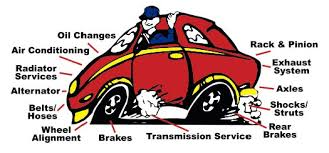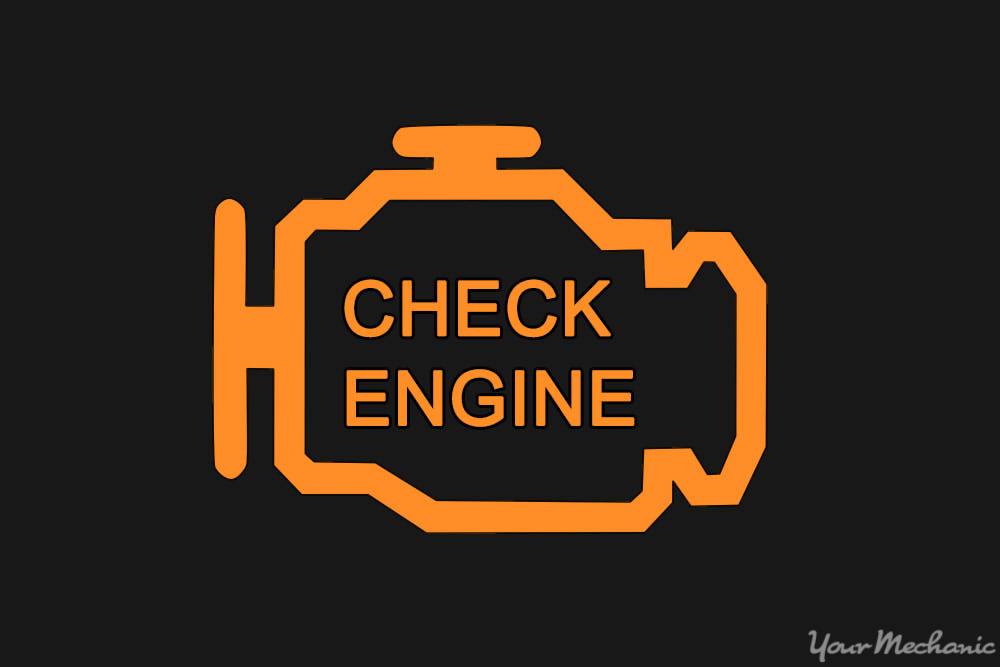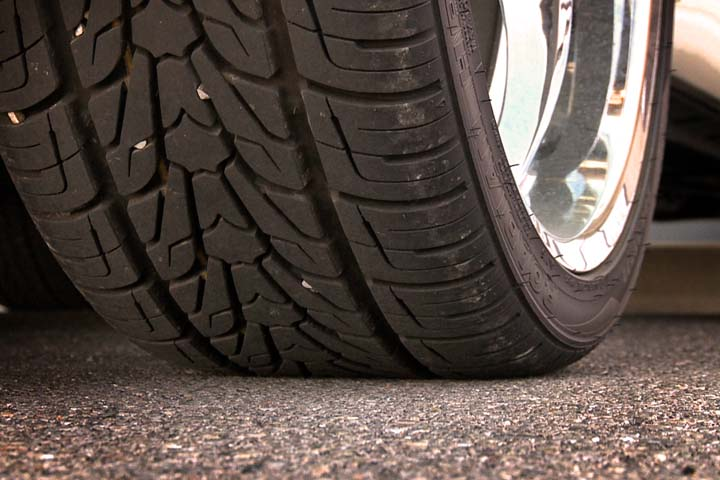Posted on 11/29/2021

We live in such a disposable society. It's amazing all the stuff we throw away. New stuff comes out so fast, we just toss the old and move on. In the old days, MI folks were real sticklers about taking care of their things. If something got lost or ruined by neglect, tough - they had to do without. Most drivers couldn't afford new vehicles very often, so they had to make them last as long as they could. It's a good thing that vehicles are more reliable these days. They just don't break down as often. And the good news for us MI penny pinchers is that a modern vehicle can easily go 200,000 miles/320,000 km with proper care. The engineering and the manufacturing quality is tremendous. The missing ingredient is us Vehicle owners making sure we follow the vehicle manufacturer's recommended maintenance schedules. Every time you go a little farther between recommended oil changes, you have created an opportunity for sludge to be formed and for clogged p ... read more
Posted on 11/24/2021

Have you ever had an experience like this? You drive through the one of those automatic car washes. When you get to the end, where the dryer is blowing, your Check Engine light starts flashing! You fear the worst, but within a block or two, the light stops flashing, but stays on. By the next day, the light is off. You wonder; "What was going on?" Well, it's actually a good lesson in how the Check Engine light works. Your air intake system has a sensor that measures how much air is coming through it. When you went under the high-speed dryer, all that air was blasting past the sensor. Your engine computer was saying, there shouldn't be that much air when the engine is just idling. Something's wrong. Whatever's wrong could cause some serious engine damage. Warning, warning! It flashes the Check Engine light to alert you to take immediate action. It stopped flashing because once you were out from under the dryer, the airflow returne ... read more
Posted on 11/10/2021

You may live in a region where roads become pockmarked with craters known better as potholes. They're caused by moisture seeping through a compromised road surface that can freeze, expand and literally punch holes in the road. And when your vehicle hits one of those holes that's big enough, the impact can flatten a tire, bend a wheel or tear apart a suspension component. To minimize pothole damage, leave enough room between you and the vehicle in front of you so you can see the road surface and any upcoming potholes. That way you'll have time to slow down and steer around them. Also, if you see what looks like a puddle of water, it may be hiding a pothole underneath, so treat it as if was a pothole. If you keep your tires inflated to the manufacturer's specifications, they're more likely to withstand hard impacts. And the slower you're going when you hit a pothole, the less likely you are to break something. ... read more